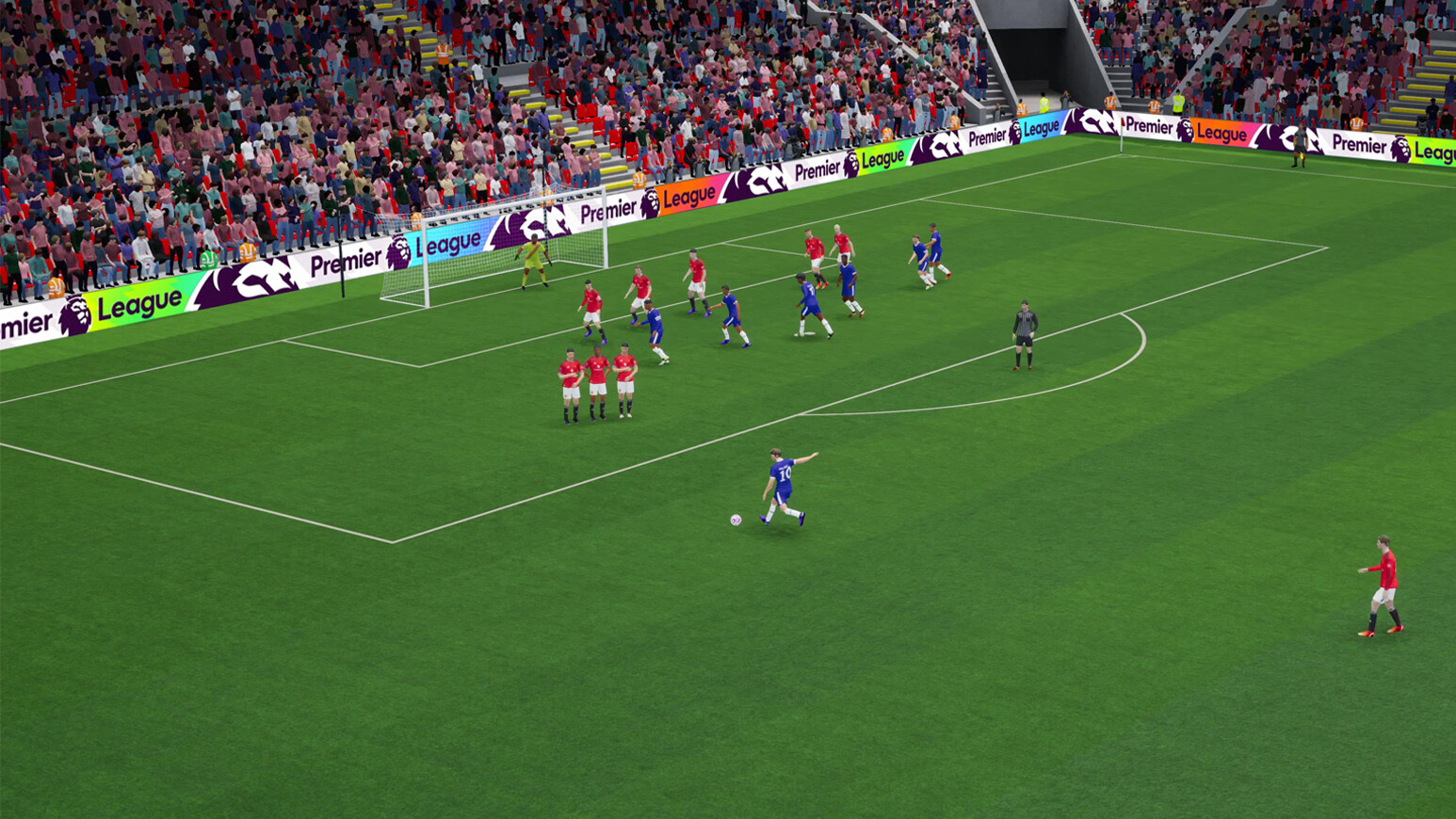It took me a long time just to get through all my inductions, in Football Manager 26, before I could even set foot on the touchline for my first match. That part at least is pretty familiar, for any long-running Football Manager fans. Every save takes a little while to set up, many minutes, hours, often days dedicated to press conferences, budget meetings, tactical overviews and scouting department overhauls before the first ball is kicked on the squad’s return to pre-season training. But in FM26, Sports Interactive’s big gamble on a new engine and new user interface, that’s taken to a whole new level. There is a lot to learn here – or more accurately, re-learn, if you’ve played the series before. A lot of it is the same, though within a new layout, like returning home to find your furniture’s been moved between all your rooms – maybe the odd bit re-upholstered for good measure. And some of it is properly, at first confoundingly but also potentially brilliantly, new.
Football Manager 26
- Developer: Sports Interactive
- Publisher: Sega
- Platform: Played on PC
- Availability: Out 4th November on PC (Steam, Epic), console versions on PS5, Xbox Series X/S.
The newness starts on the very first screen. There’s a greatly improved character creator for your manager, but beyond the significantly less-dodgy visuals there’s also something noticeably more impactful, in a more RPG-style setup to your manager’s attributes. For one, these are now described verbally, rather than represented by a hard number, and so your attacking coaching attribute, for instance, is now rated as average, good, very good, outstanding, and so on. That’s something I don’t love, personally. If an attribute has a number behind the scenes we might as well be able to see it, given we can see all the other ones and will only be going to Google what ‘very good’ means in numerical terms anyway. (The same goes for the long-hidden attributes that decide things like a player’s personality descriptor, in my opinion – if we can have a visible numerical rating for Teamwork or Determination, why is Professionalism or Ambition hidden?)
More interesting is how this is decided. You now pick three coaching styles from a choice of nine (Attacking, Defensive, Developer, Energetic, Entertainer, Pragmatist, Specialist, Systems Builder, and Tactician), and three mental styles from a choice of six (Driven, Disciplined, Resilient, Convincing, Inspirational, Accomplished). These then determine your ratings for individual coaching attributes – such as attacking coaching, set piece coaching, man management, etc. – according to your choice. It’s essentially like a ‘background’ system for classic RPGs, where you pick fixed elements of your character that impact the actual numbers used to govern your success in the game. The people who like to remind everyone FM is actually an RPG should be happy! It also gives you some in-built tendencies, such as ‘plays attacking football’ or ‘plays entertaining football’, which seem to largely impact in-game dialogue elements like how the press describe you.
After this came the usual wave of min-tutorials, delivered via the ‘Portal’ – more on that shortly – and largely operating in the usual way, of having you work through slide-like pages that represent key points of a meeting. This also, however, was where I encountered my first proper snag with FM26’s new UI.
1 of 4 Caption Attribution
For those not in the loop, the brief description is that FM26 now features a Windows-like system where clicking on certain ’tiles’ within your not-Inbox will open up a smaller window within the game UI that temporarily overlays what you’re seeing. Basically, it’s a pop-up. It essentially means staying on the original page in the background, expanding something you might see there in only light-detail to quickly looking at it in medium-detail in the window, and then closing it when you’re done. But here’s a snag: there’s no ‘back’ button within the windows. Here’s an example of where that causes a problem: I was in the team dynamics induction pop-up, featuring a series of pages of (slightly verbose) information on how the system works, where I get to one showing me tiles within this window on a few of my key leaders in the squad. Let’s say I want to click on one of those to see the player in more detail – I wanted to see a bit more info on Bruno Fernandes’ leadership potential to decide who’d be my captain. What happens next? Within the window you’re taking to Bruno’s page, but there’s no way to get back to where you were in the induction. So you have to close the whole window, then find the not-email in your not-Inbox that prompted the induction, and work your way back to where you were in that.
